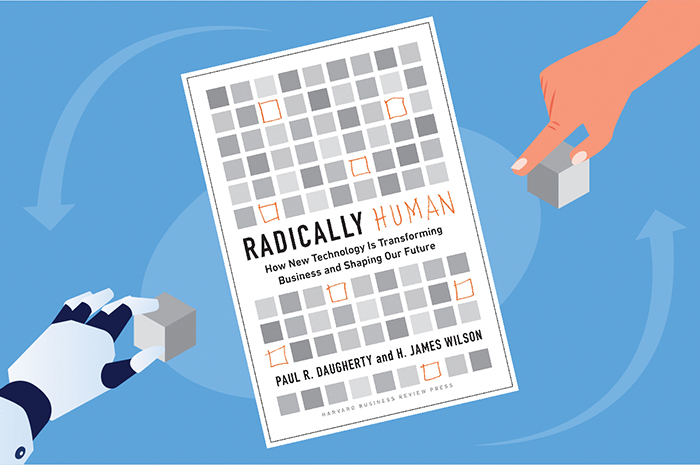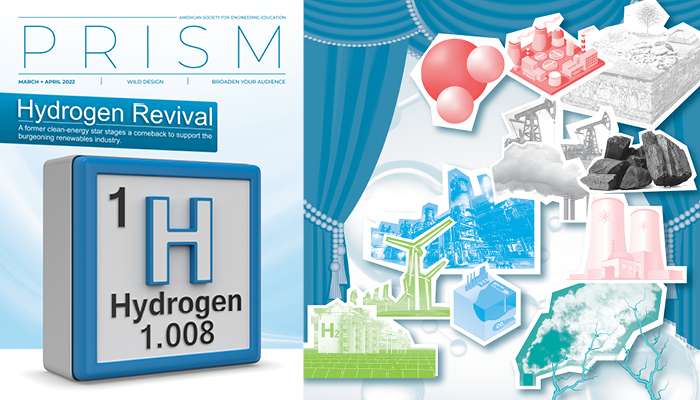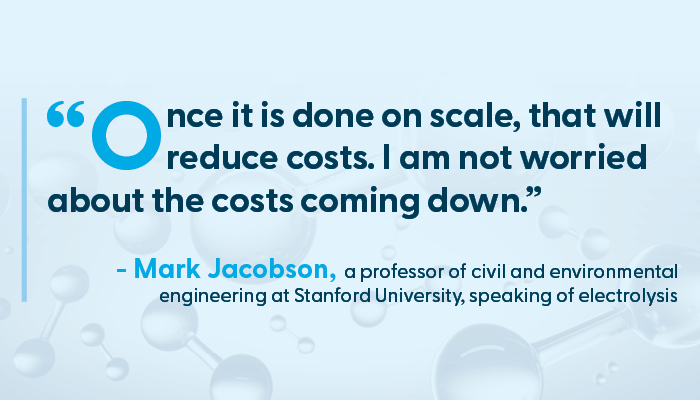
Mind Over Matter
Veteran IT consultants demonstrate how organizations can harness intelligent systems to serve, rather than replace, people.
Review by Robin Tatu
Radically Human: How New Technology Is Transforming Business and Shaping Our Future
By Paul R. Daugherty and H. James Wilson
Harvard Business Review Press, 2022.
280 pages.
The struggle of man versus machine is an enduring trope, powering plotlines from Icarus’s ill-fated flight on engineered wings to Hollywood’s Earth-subjugating Terminators. Recently, the narrative has focused on the uneven battle for jobs as increasingly sophisticated robots and algorithm-powered technologies automate whole employment sectors.
Two senior Accenture Technology executives, Paul Daugherty and H. James Wilson, offer a more optimistic view. In their 2018 book Human + Machine: Reimagining Work in the Age of AI, they argued that far from rendering legions of bank tellers, factory hands, and other employees obsolete, “smart” systems would empower people to create a brighter, more fulfilling future. In their telling, companies learn to harness technology’s emerging capabilities, driving profitability while freeing labor to perform higher-level tasks that require human judgment and decision-making.
Daugherty and Wilson’s latest book, Radically Human, continues to counter misconceptions and dystopian predictions. Even as we grow more reliant on artificial intelligence, they maintain, technology is becoming more nuanced, humane, and responsive to concerns from safety and privacy to racial bias and machine fallibility. New programs better mimic human learning and behavior, while monolithic legacy IT systems are being replaced by agile networks that employ cloud architecture. In the evolving relationship with machines, the authors assert, “humans and the human are in the ascendant.”
Beyond describing this emerging landscape, Radically Human details how to join in the disruptions. “To say that the pandemic accelerated the pace of tech adoption is to put it mildly,” note the authors, who calculate the rise at 70 percent. Yet much of the 2020 shift was haphazard. Daugherty and Wilson outline a framework for more systematic integration, with successful approaches taken by enterprises from the familiar (Starbucks, Walmart) to tech giants (Google, Fujitsu), start-ups, and university research teams. Their work draws on two extensive studies. The first surveyed 8,300 companies across 22 countries and 20 industries, half in IT. The second, of 4,000 companies, was initiated in 2020 in part to measure COVID-19’s impact. A helpful glossary defines such new terms of engagement as “data echoing.”
Readers interested in a holistic understanding of IT within their workplaces will find Radically Human an excellent guide. The book’s first part examines the “building blocks of innovation”—intelligence, data, expertise, architecture, and strategy—with model approaches. The section on intelligence, for example, describes the move from complex, often oblique deep-learning systems to AI that replicates certain aspects of human functionality. Case in point: Obeta’s electronics warehouse in Germany, where robotic “pickers” learn to measure, weigh, and evaluate each item before transport, enabling better handling of a wider range of products.
Succeeding chapters discuss how a shift to cloud computing and local datasets can lower costs while improving privacy protections and efficiency. Also highlighted is the use of swarm intelligence by Tesla, Etsy, and the US military to expand their capabilities. The architecture section expounds on new ways to store and use data by combining localized edge computing and cloud-based platforms that increase speed and responsiveness. Rounding out the framework is a chapter on strategy, which stresses the need for an informed, responsive approach to workplace technology.
Part two of Radically Human defines four key considerations for successful organizations: talent, trust, experiences, and sustainability. The authors zero in on such “human-centered” concerns as how to attract, retain, and develop employees. “All companies are now technology companies,” the authors underscore, noting that intelligent technologies are “the animating force throughout many leading organizations.”
While the global pandemic suddenly thrust many employers into greater tech use, it also demonstrated our collective ability to pivot, adapt, and move forward. For Daugherty and Wilson, the most notable AI development is not machines eclipsing humans but rather extending their reach and power to reimagine the future.
Robin Tatu is Prism‘s book editor.
© Amazon/Getty Images/Alexander Da Silva

 Letter from the President
Letter from the President Norman’s Notes
Norman’s Notes


